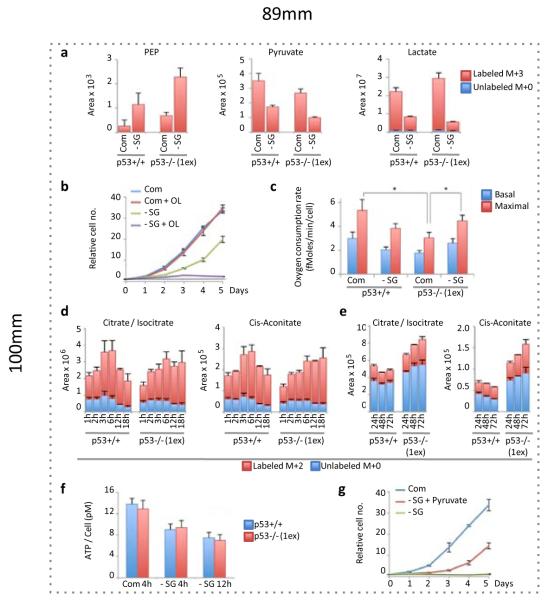Figure 2. Serine starvation differentially changes energy metabolism in p53+/+ and p53−/− cells.
a, HCT116 cells were fed complete (Com) or serine and glycine deficient (-SG) media for 24h, in the presence of U-13C-glucose for the final 2h. LC-MS was used to detect relative intracellular quantities of glycolytic intermediates (averages of triplicate wells). b, HCT116 cells were grown with or without serine, glycine and Oligomycin 1ng/ml (averages of triplicate wells). c, Oxygen consumption rate of HCT116 cells was measured after 48h serine and glycine starvation (n=3, *p<0.05). d, Relative intracellular levels of TCA cycle intermediates in HCT116 cells deprived of serine and glycine (in the constant presence of U-13C-glucose) were analysed by LC-MS (averages of triplicate wells), and e, after long term starvation, with U-13C-glucose added for the final hour (averages of triplicate wells). f, ATP levels were measured in HCT116 cells (n=3). g, HCT116 p53−/− (1ex) cells were grown in complete media or media lacking serine and glycine with or without pyruvate 5mM (averages of triplicate wells). All error bars are SEM.

